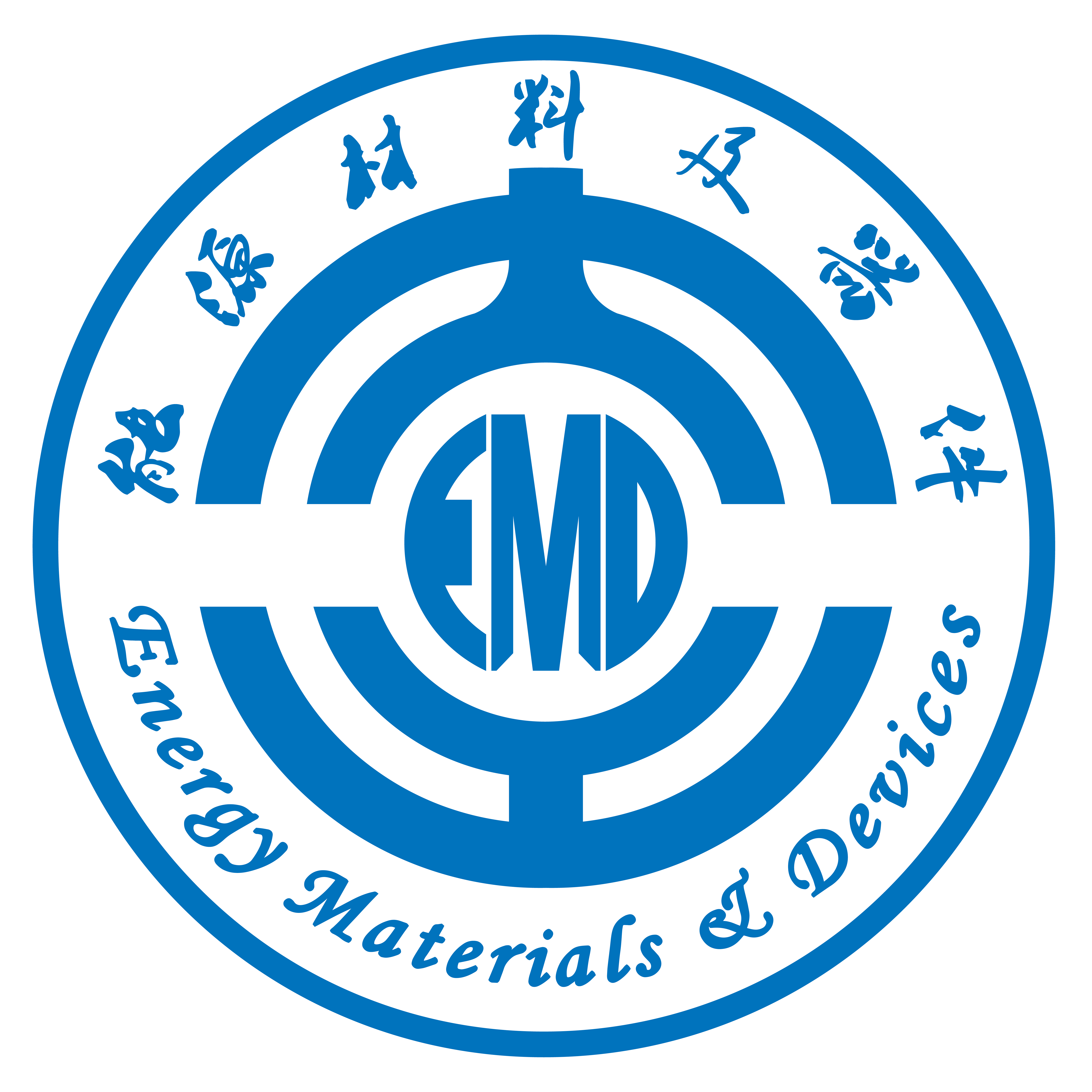Abstract: As the anodes for lithium-ion batteries, the conversion-type metal phosphides (M-P) have attracted growing attention based on the formation of Li3P (2596 mAh·g−1). Compared with sulfides and oxides, the M-P systems can react with Li+ over the lowest and narrowest potential range. Different from the previously reported wet chemical route, a facile two-step method is used in this study to prepare the novel core-shell FeP2@C nanomaterials, i.e., fabricating Fe@C nanoparticles by direct current arc plasma followed by phosphorization into FeP2@C. The experimental results show that the discharge/charge capacity of FeP2@C (21.16 wt.%, carbon content) increases from 1132 to 1827 mAh·g−1 after 500 cycles at 0.3 A·g−1. It is because the pulverized FeP2 nanoparticles provide a more reactive interface for the electrochemical reaction, thus shortening the Li-ion transportation path during cycles. Moreover, FeP2 is observed to experience the progressive lithiation process, i.e., the lithium ions are gradually inserted into the lattice of FeP2 to form LinFeP2 and then transformed to Li3P and Fe. This process is verified in this study by cyclic voltammetry and the first-principles calculations.
https://doi.org/10.1016/j.mtener.2020.100545

